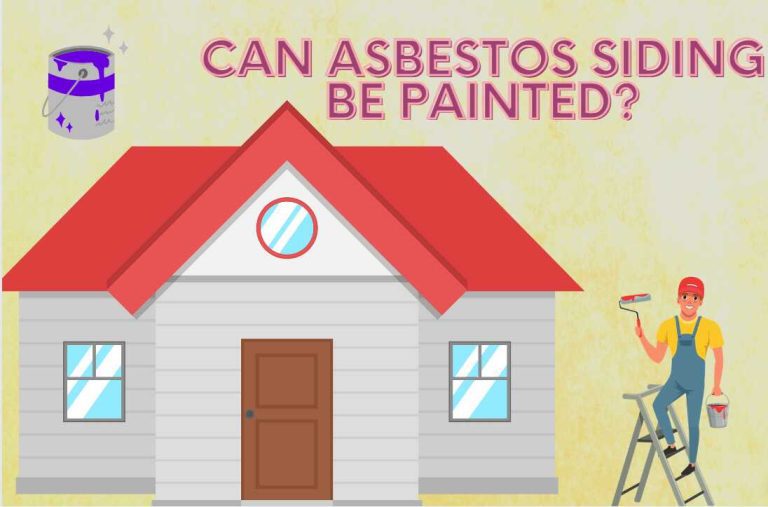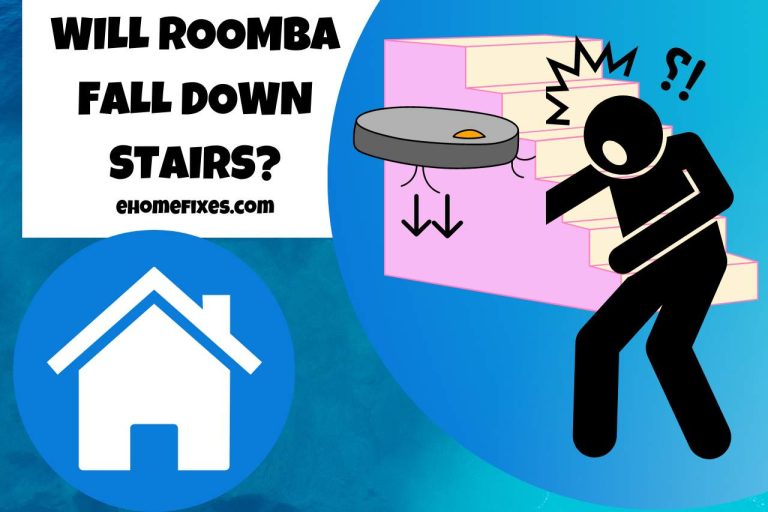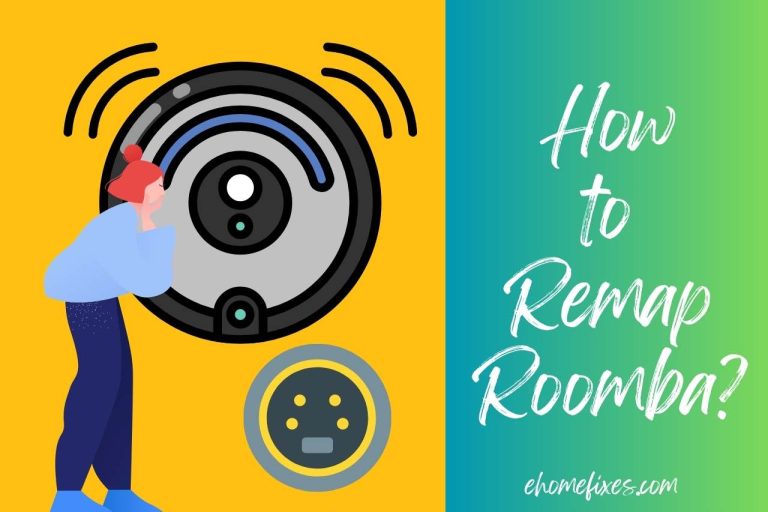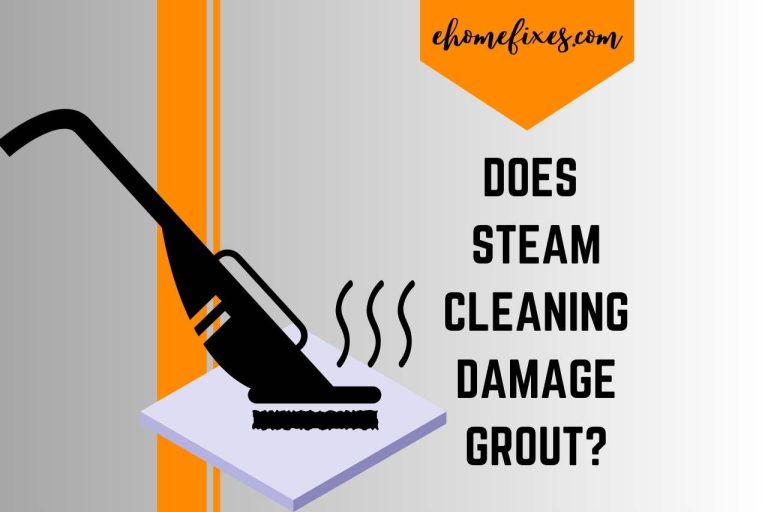Why does My Floor Make My Feet Black? Uncovering the Mystery!
Have you ever noticed how your feet unexpectedly turn black after going around your house? It’s a common worry that could make you doubt why this occurs. The dirt, dust, and other contaminants that have accumulated on the floor are the cause. As you walk around your home, these unpleasant particles adhere to the soles of your feet and cause discolorations. We’ll examine the causes of these and possible solutions in this article.
Why does My Floor Make My Feet Black?
You may have experienced the confusing situation of walking on apparently clean surfaces only to discover that the soles of your feet have unexpectedly become black. The discovery begs, ‘Why does my floor turn my feet black?’
Where does the Dirt Come From?
- Dirt on your floors can come from various sources, and it’s essential to understand these origins to tackle the problem effectively.
- Dust, Debris, and Pollen – Anything suspended in the air, like dust, debris, and pollen, will eventually settle on your floor. Even with window screens, minuscule particles can infiltrate your home, accumulating on the floors. A dirty air filter can spread particles through your vents.
- Skin and Pet Hair – Everyday activities can contribute to floor dirt. Our skin naturally sheds tiny particles, while pet hair and pet-related messes add to the floor’s grime.
- Dirt and Mud – Foot traffic can track in dirt and mud from outside, further contributing to the floor’s soil.
How to Clean a Dirty Floor?
- Knowing how to effectively clean your floor is essential in preventing your feet from turning black when you walk across it. Here are some tips.
- Clean from the Top Down – Start your cleaning routine from the highest points in your home, like the tops of shelves and ceilings, before working your way down to the floor. Dust and particles that settle on higher surfaces can eventually make their way down, so catching them early can prevent floor contamination.
- No Shoes and Welcome Mats – Some cultures practice removing shoes before entering a home, reducing the amount of dirt brought inside. If this isn’t your custom, placing welcome mats at entrances where people can wipe their feet can significantly help.
- Regular Cleaning – Consistent floor maintenance and cleaning routines can help keep your floor cleaner. Frequent vacuuming, sweeping, and mopping, especially in high-traffic areas, can make a significant difference.
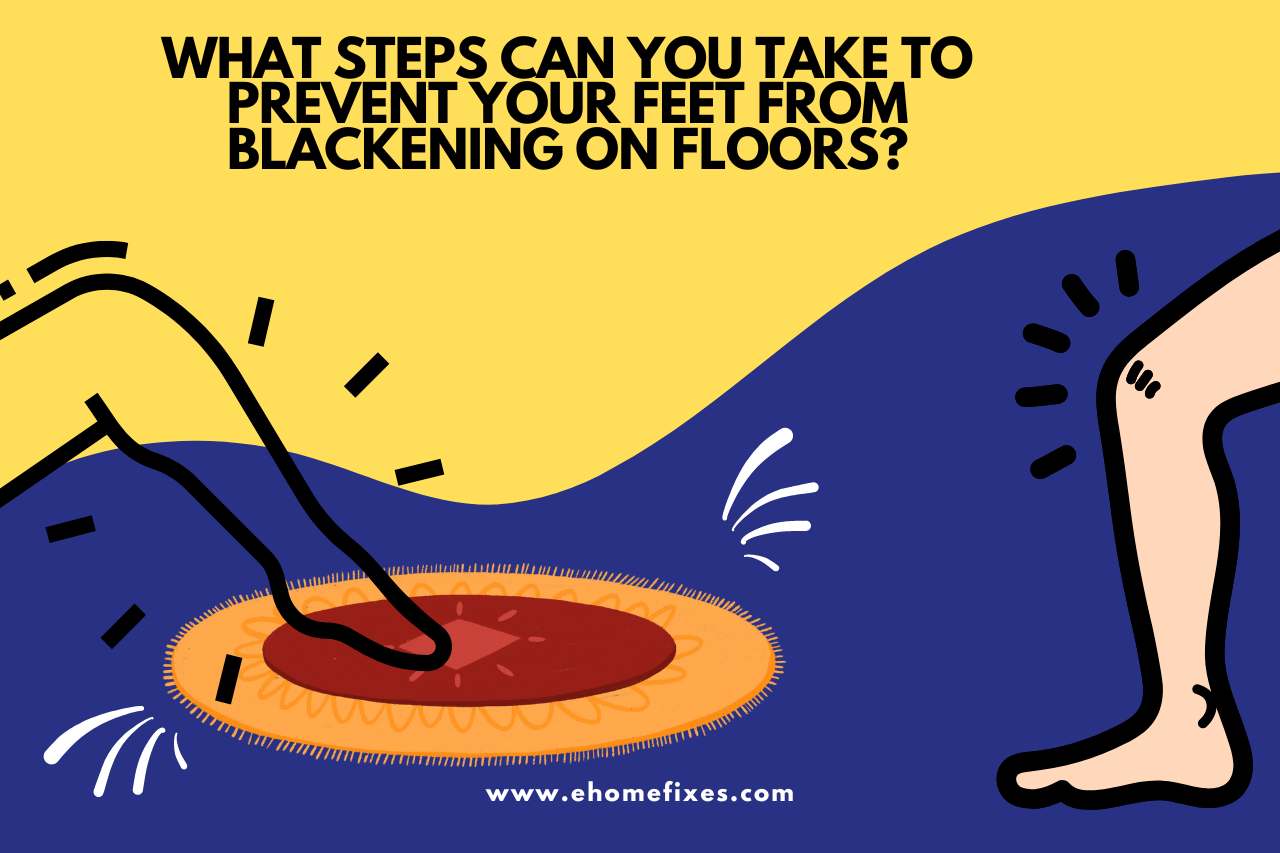
What Steps Can You Take to Prevent Your Feet from Blackening on Floors?
Discovering that your feet turn black after walking on your supposedly clean floors can be disconcerting. You can take steps to prevent this issue and maintain clean floors.
- Dust Control – Dust and debris settle on floors from various sources. Employ dust control measures like regular air filter replacement and cleaning vents to reduce airborne particles.
- No Shoes Indoors – Encourage a no-shoe policy inside your home, like in many Asian households. Provide dedicated house shoes or slippers for indoor use to prevent outside dirt from spreading.
- Welcome Mats – Place rough welcome mats outside entrances and softer carpets inside. The outdoor rug helps scrape off larger particles, while the indoor one traps smaller debris.
- Cleaning Routine – Clean your floors correctly, at least once a week or more in high-traffic areas. Start by vacuuming carpets, removing rugs to clean them separately, and moving furniture to access hidden dirt.
- Suitable Cleaners – Use eligible cleaning products compatible with your floor material. Avoid soap-based detergents and wax polish. A dilute vinegar and water solution can help remove stains.
- Quality Mop – Upgrade to a steam mop or use an O-cedar mop for effective cleaning. Steam mops can easily lift dirt and sanitize your floors, while the O-cedar mop suits various surfaces.
- Air Vents and Filters – Regularly clean and replace air vents and filters to minimize the circulation of airborne particles.
- Pet Care – Be vigilant about pet urine and water damage on wood floors, which can lead to discoloration.
- Mold Removal – If black mold is suspected, use a mixture of hydrogen peroxide, vinegar, and bleach to eliminate it. Sand and refinish your hardwood floor if the stains are severe.
You may significantly decrease the likelihood that your feet will get black when walking on your floors by following these instructions and maintaining a regular cleaning schedule. Proper dust control and cleaning techniques are key to maintaining clean, comfortable living spaces.
Are New Floors Less Likely to Cause This Issue?
New flooring, especially those made of hardwood or laminate, can initially contribute to the issue of feet getting black.
This problem may develop as these materials release moisture, changing the humidity and causing a home to settle slightly.
It is one of the least likely causes of serious house-settling issues. Over time, as the flooring acclimates to its environment and the moisture levels stabilize, this issue tends to diminish, making new floors less likely to cause long-term problems related to house settling.
Why are My Socks Dirty After Mopping?
Due to the inefficiency of traditional mopping methods, dirty socks after mopping are a regular frustration. When you mop, you often move bacteria and debris about rather than fully cleaning them.
The mop may spread contaminants across the floor’s surface instead of removing them, resulting in dirty socks.
It occurs due to common mops’ tendency to force soiled water into grout lines and corners, where it leaves residues.
Consider using a quality steam mop or microfiber mop, which efficiently captures and removes dirt and bacteria, leaving your socks and your floors clean to avoid this problem.
Why is My Floor Still Dirty After I Steam Mop?
Despite steam mopping, your floor could still be dirty for various reasons. First, failure to frequently clean the mop’s filter can reduce its effectiveness.
Second, inappropriate equipment use or inability to wipe surface debris and dirt before steam cleaning might result in residues. Unsatisfactory outcomes can also result from using cleaning agents incompatible with steam mopping.
The drying process can also be slowed down by insufficient airflow in the area, which could result in dirt adhering to the damp floor.
Fixing these issues and using suitable steam mopping techniques are crucial for ensuring a clean surface.


